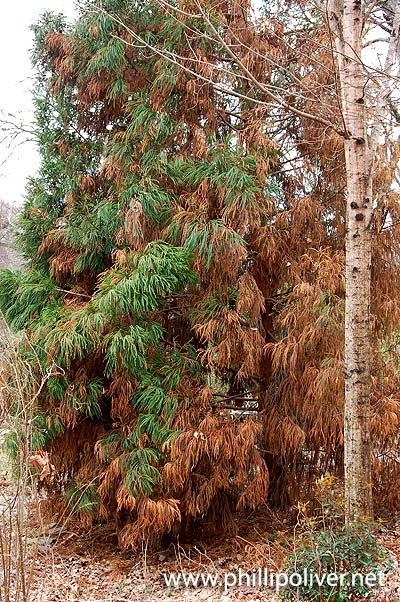J
OIN THE GREAT BACKYARD BIRD COUNT
Count for Fun, Count for the Future
February 13-16, 2009
Bird and nature fans throughout North America are invited to join tens of thousands of bird watchers for the 12th annual Great Backyard Bird Count (GBBC), February 13-16, 2009.
A joint project of the Cornell Lab of Ornithology and the National Audubon Society, this free event is an opportunity for families, students, and people of all ages to discover the wonders of nature in backyards, schoolyards, and local parks, and, at the same time, make an important contribution to conservation.
“Anyone who can identify even a few species can contribute to the body of knowledge that is used to inform conservation efforts to protect birds and biodiversity,” said Audubon Education Vice-President, Judy Braus.
Volunteers take part by counting birds for at least 15 minutes on one or more days of the event and reporting their sightings online at
www.birdcount.org. The data help researchers understand bird population trends across the continent, information that is critical for effective conservation. In 2008, participants submitted more than 85,000 checklists, a new record.
“The GBBC has become a vital link in the arsenal of continent wide bird-monitoring projects,” said Cornell Lab of Ornithology director John Fitzpatrick. “With more than a decade of data now in hand, the GBBC has documented striking changes in late-winter bird distributions.”
Participants submit thousands of digital images for the GBBC photo contest each year. Last year’s winners have been chosen and are now posted on the web site. Participants are also invited to upload their bird videos to YouTube tagged “GBBC.” Some of them will also be featured on the GBBC web site. All participants will be entered in a drawing to win dozens of birding items, including stuffed birds, clocks, books, feeders, and more.
Businesses, schools, nature clubs, Scout troops, and other community organizations interested in the GBBC can contact the Cornell Lab of Ornithology at (800) 843-2473 (outside the U.S., call (607) 254-2473), or Audubon at citizenscience@audubon.org or (215) 355-9588, Ext 16.
The Great Backyard Bird Count is made possible, in part, by support from Wild Birds Unlimited.



I'm planning to participate. This will be our first year doing it.
ReplyDeleteThat looks like fun! I'll join as well!
ReplyDeleteGreat fun! I always forget, so I'll have to mark my calendar.
ReplyDeleteCameron
That's a great event. Wouldn't it be fun to meet other bird enthusiasts! Have fun!
ReplyDeleteI've participated in the past and it's a lot of fun. They really do look at all the data. I know that because my friend got an email from them asking about one of the birds she'd seen (it normally wasn't seen here that time of year).
ReplyDeleteIf anyone can tell me the best way to count LOTS of birds, I'd appreciate it. Right now I have so many goldfinches and pine siskins that I can only guess at their numbers (50?, 80?).
Thanks for the reminder. I will be counting.
ReplyDeleteMarnie
I will also joun. Thanks for the info!
ReplyDeletejoin. I am typing too fast here!
ReplyDeleteHi Phillip, thanks for the reminder. I did it last year, froze to death but it was worth it to help out. It does help to have the list ready too.
ReplyDeleteFrances
I've always wondered about this--how do you know if you've counted a bird twice? Or do you do specieis, not individuals? I take part in a frog and toad survery every spring, which is done at night by sound--you record what species are calling and about how many in the ranges (not individual counts; like zero, one, multiple where calls are not overlapping, multiple with calls overlapping, and a whole loud chorus!). It's fun.
ReplyDeleteThis really interests me, I have so many varieties of birds that come to my yard. I'll definitely participate:)
ReplyDelete